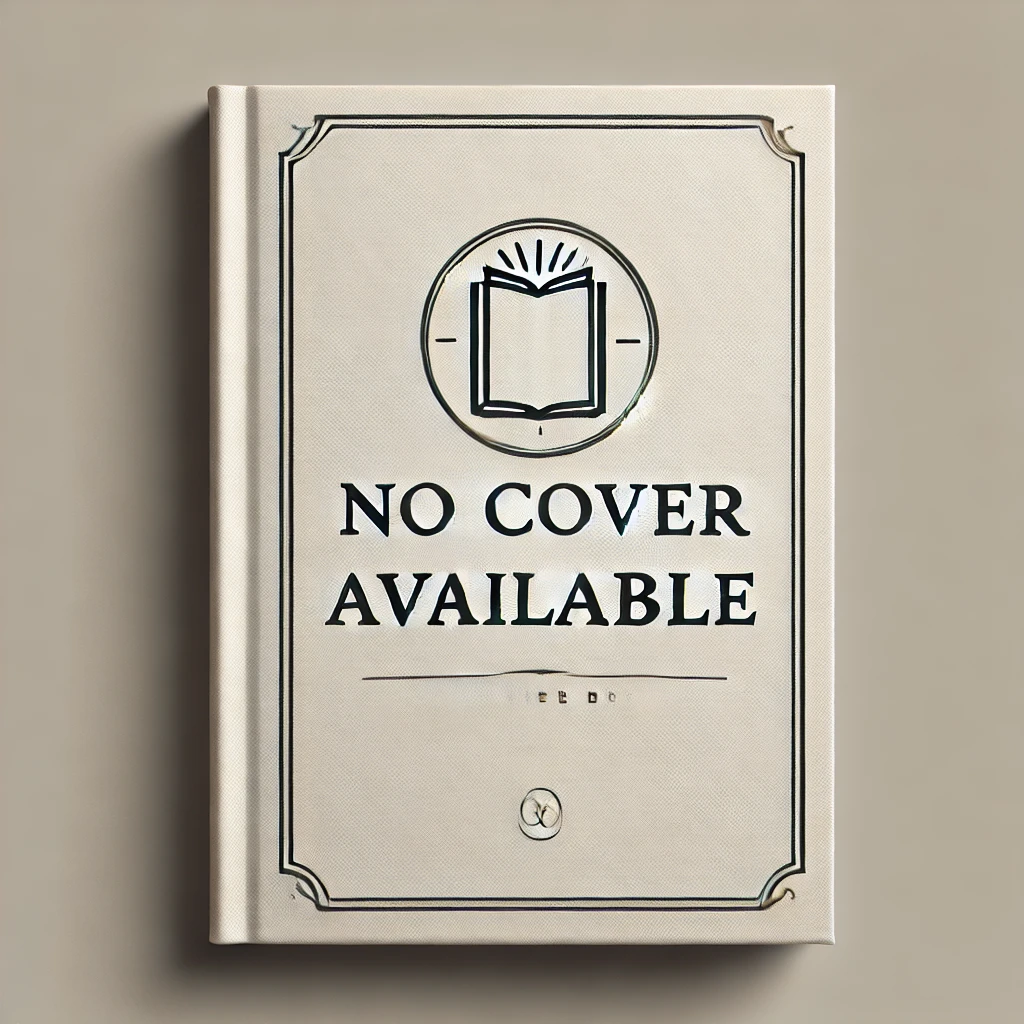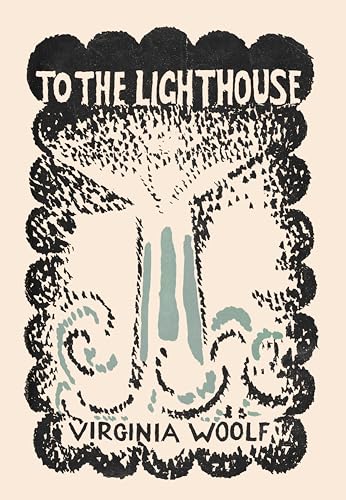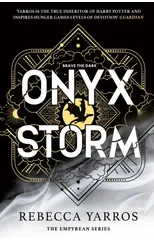Based on the events of a single day, a Wednesday in June 1923, Mrs. Dalloway is a unique book as its narrative skillfully interweaves unconnected storylines to take place on this fateful day. The story opens with Clarissa running an errand to buy flowers. Reactions of different people can be noticed when unexpected events keep occurring throughout the day. For example, a plane writing in the sky and a car emitting an explosive noise. Peter, her old partner, shows up not long after she gets home. During their conversation, it becomes evident that the two are still very much in love with one another. In a vulnerable exchange, Peter asks Clarissa if she's happy. Elizabeth, Clarissa's daughter, cuts them off before Clarissa can respond. The narrative then shifts to a World War I veteran, Septimus Warren Smith, who is suffering from PTSD. In order to meet Sir William Bradshaw, a psychiatrist, he is waiting with his wife, Lucrezia. Another perspective switch takes place and this time we get to experience Richard's narrative, who is going through an internal struggle with respect to his relationship with his wife Clarissa. The change in narratives keeps the reader on edge and leads to a conclusion which manages to bring everything together.
Virginia Woolf
Virginia Woolf was a prominent English writer and modernist literary figure. Known for her stream-of-consciousness writing style, she challenged traditional narrative structures and explored themes of gender, class, and mental health in her works. Some of her most notable works include "Mrs. Dalloway," "To the Lighthouse," and "Orlando." Woolf's contributions to literature include her innovative approach to character development and narrative technique, as well as her exploration of the inner lives of her characters. Her most famous work, "Mrs. Dalloway," is considered a masterpiece of modernist literature and a reflection of Woolf's unique literary voice. Woolf's impact on the literary genre is undeniable, as she paved the way for future generations of writers to experiment with form and style in their own works.







